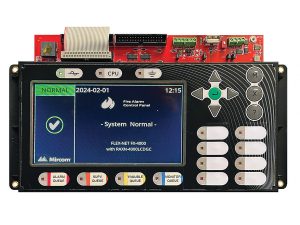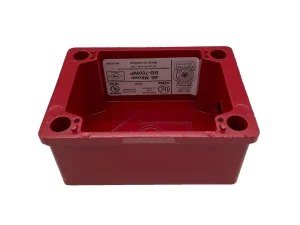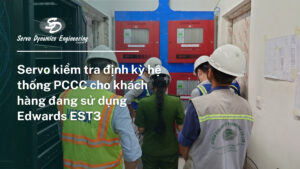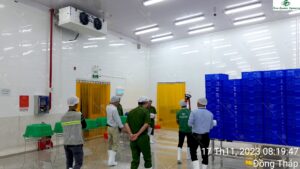Fire & Safety, Consulting
Top 10 Fire Alarm System Specification Mistakes that Cost Engineers Time and Budget (Plus a Pre-Specification Checklist)
For consulting engineers, the design phase of a new project is where precision counts most. When specifying fire alarm and life safety systems, a few crucial missteps can cascade into massive problems: think costly rework, frustrating delays in approval, and long-term liability. Your ability to specify accurately—and in perfect alignment with often-changing code requirements—is critical for occupant safety and, frankly, for your project’s bottom line.
To help you build smarter, safer, and more compliant systems from the very beginning, we’ve analyzed the most frequent roadblocks. Below, we outline ten common fire alarm system specification mistakes and provide actionable solutions to avoid them. Whether you are working on a commercial high-rise, a sprawling campus, or a specialized healthcare facility, this guide will help you tighten your specifications and ensure project success.
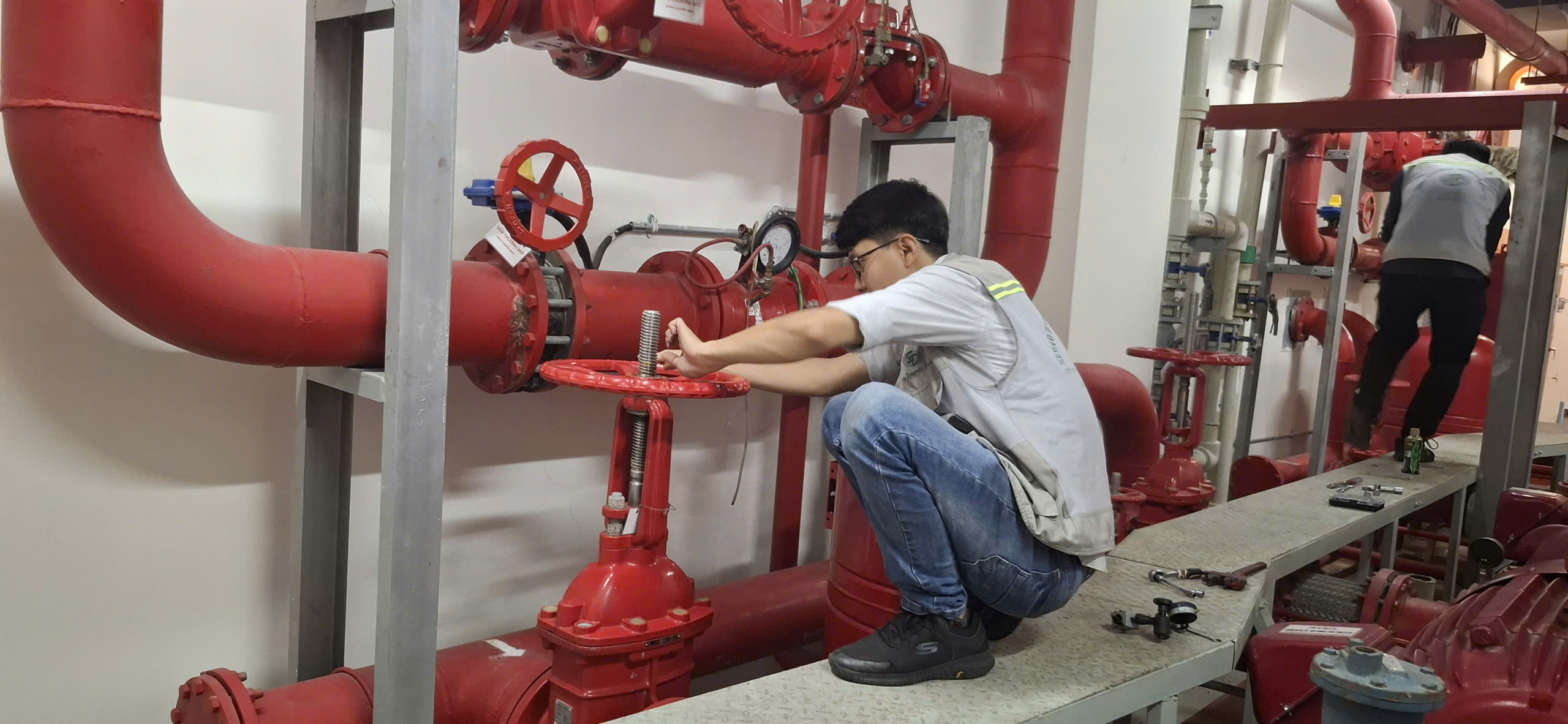
The Top 10 Fire Alarm System Specification Mistakes (And How to Fix Them)
1. Specify Equipment with Clear Technical Requirements
One of the most common mistakes in fire alarm system design is using vague language such as “addressable FACP” or “standard smoke detector.” This ambiguity can lead to confusion, inconsistent quotations, and a high risk of using products that do not comply with standards (such as UL/ULC, NFPA 72, IBC), which may result in rejection during inspections.
What to do instead:
- Provide a detailed description of the technical requirements and standards that must be met. For example, devices should be UL 864 10th Edition and ULC-S527 certified, meeting the requirements of NFPA, ULC, or local codes. Clearly define performance criteria, network connectivity capabilities, and list all mandatory certifications to minimize Requests for Information (RFIs) and ensure compliance right from the design stage.
2. Ignoring System Scalability & Planning for Future Growth
Many fire alarm system specifications fail to account for the dynamic nature of a building, overlooking future needs like new tenants, facility expansion, or occupancy changes. Designing a rigid system today will inevitably lead to expensive retrofitting tomorrow.
What to do instead:
- Specify platforms designed for modular growth. Look for systems that allow for the easy addition of nodes or devices. Platforms like Mircom’s FleX-Net and OpenGN, for example, are built on scalable architectures, supporting multi-panel networking and remote site management for future-proofing.
3. Neglecting the Differentiation Between Single-Stage and Two-Stage Systems
Failing to define the required evacuation process clearly is a major compliance risk. This is particularly critical in specialized facilities like hospitals, high-rise residential complexes, and educational institutions, where a two-stage evacuation (alert followed by full evacuation) is often mandatory.
What to do instead:
- Consult the AHJ and governing codes (e.g., NFPA 72 Chapter 23, ULC-S524, and applicable provincial codes).
- If staged evacuation is necessary, explicitly specify two-stage functionality and define the exact logic between the ‘alert’ and ‘evacuation’ stages to eliminate any misinterpretation.
4. Underestimating Power Supply & NAC Loading Calculations
This is a hidden cost trap. Under-specifying power requirements often results in voltage drop issues, underpowered devices, or the need for emergency change orders to add costly booster panels. This risk is amplified when using power-intensive devices like low-frequency sounders.
What to do instead:
- Include detailed calculations for all Notification Appliance Circuits (NACs), standby load, and full alarm load.
- Specify required booster panels (such as the Mircom INX-10A), define necessary power headroom, and confirm compliance with regional UL or ULC standards.
5. Missing Critical Integration Requirements (BAS, Voice Evacuation, Smoke Control)
Modern life safety is about interconnected systems. Fire alarm systems must “talk” to HVAC shutdowns, voice evacuation systems, and smoke management systems, yet these crucial interlocks are frequently omitted from technical specifications.
What to do instead:
- List all required automation and interlock touchpoints. Use precise language such as: “System shall integrate with the HVAC system or smoke control system for automatic fan and damper control.”
- Utilize advanced systems that offer both standard relay outputs and high-level, seamless integration via protocols like BACnet or Modbus.
6. Vague Security System Requirements
When incorporating security components, a line item like “include access control” is a recipe for ambiguity. Such vagueness leads to inconsistent pricing and significant capability gaps between bidding contractors.
What to do instead:
- Provide a detailed scope: Specify the types of devices (card readers, REX, maglocks), a location schedule, panel specifications, credential formats, and specific integration protocols. Look for platforms, like Mircom’s Unified Building Platform, that inherently support integrated fire and access control systems.
7. Excluding Remote Monitoring and Connectivity Needs
Today’s building owners expect operational efficiency. Remote diagnostics, secure cloud monitoring, and remote troubleshooting are increasingly becoming standard expectations, but they are often forgotten in initial specifications.
What to do instead:
- Specify remote access requirements. Define secure portals and central station monitoring protocols where applicable. Tools like Mircom’s OpenGN management platform and Remote Access Portal offer enhanced security for diagnostics and software updates.
8. Misalignment with Division 28 MasterFormat
For proper project management, system responsibilities must be clear. Fire and security systems are sometimes incorrectly grouped under Division 26 (Electrical), which can confuse project responsibilities and significantly delay procurement and approval.
What to do instead:
- Enforce CSI MasterFormat standards. Ensure all life safety and security systems are correctly categorized under Division 28 (Electronic Safety and Security). Leverage manufacturer resources, such as Mircom’s ready-to-spec Division 28 documentation, to maintain clarity.
9. Providing Conflicting or Outdated Drawings and Schematics
Using legacy templates or device layouts that do not reflect the latest Authority Having Jurisdiction (AHJ) feedback is a primary source of costly coordination problems on site.
What to do instead:
- Coordinate rigorously. Ensure final specification documents perfectly align with the latest architectural, mechanical, and AHJ-approved drawings. Utilize BIM models where available, and request the newest device layout templates from your manufacturer’s representative.
10. Postponing Manufacturer Engagement Until Final Bid
Waiting until your bid documents are finalized to consult with manufacturers is a significant oversight. This late engagement often leads to system mismatches, code rejections, and missed opportunities for value engineering that could reduce project costs.
What to do instead:
- Engage early. Bring trusted manufacturers like Mircom into the conversation during the design phase. Early collaboration ensures code-compliant specs, accurate device selection, better cost control, and comprehensive integration support. Mircom offers engineering consultations and AHJ alignment tools to streamline this process.
Pre-Specification Checklist Summary
| What to Avoid (The Costly Mistake) | What To Do Instead (The Compliant Solution) |
| Detail technical requirements | Clearly describe performance criteria, network connectivity, and all mandatory certifications. |
| Ignoring Scalability | Specify scalable platforms (e.g., Mircom FleX-Net/OpenGN) for modular expansion and remote monitoring. |
| Vague Staging | Clarify single- vs. two-stage based on occupancy and reference NFPA 72/ULC-S524/local building codes. |
| Power Calculation Oversights | Include detailed alarm/standby load calculations; specify booster panels (e.g., Mircom INX-10A) as needed. |
| Missing System Integration | Specify integration with HVAC, smoke control, and BAS via relay outputs or protocols like BACnet/Modbus. |
| Vague Security Scope | Clearly define all security devices, locations, and integration protocols to avoid ambiguity. |
| No Remote Monitoring | Specify remote diagnostics, secure portals, and central station monitoring capabilities. |
| Division 26 Misalignment | Ensure all life safety systems are correctly categorized under Division 28 MasterFormat. |
| Using Outdated Drawings | Coordinate final specs with current, AHJ-reviewed drawings and utilize BIM where possible. |
| Late Manufacturer Engagement | Consult manufacturers early for compliant design, sample specs, and AHJ coordination support. |
Ready to Specify With Confidence?
These ten pitfalls appear time and again in fire alarm system specification processes. By proactively addressing these issues during the specification phase, you will dramatically improve your project’s accuracy, compliance, and overall success rate.
Mircom offers end-to-end support for specifying engineers—from product selection and code compliance to comprehensive project documentation.
Servo Dynamics Engineering: Authorized Distributor of Mircom in Vietnam
For consulting engineers and developers working on projects in Vietnam, securing local expertise is essential for successful, compliant project delivery. Servo Dynamics Engineering is the official, authorized distributor for Mircom’s advanced fire alarm and life safety systems in the region. Engaging with a local, authorized partner ensures you receive:
- Local Code Expertise: Guidance on aligning specifications with Vietnamese fire and building codes.
- Genuine Products: Guaranteed access to authentic Mircom equipment and certified spare parts.
- After-Sales Support: Localized technical support, maintenance, and training services.
Contact Servo Dynamics Engineering to ensure your design is accurate, future-ready, and fully code-compliant within the Vietnamese context.
Discover Mircom Products
Learn more

 Tiếng Việt
Tiếng Việt

